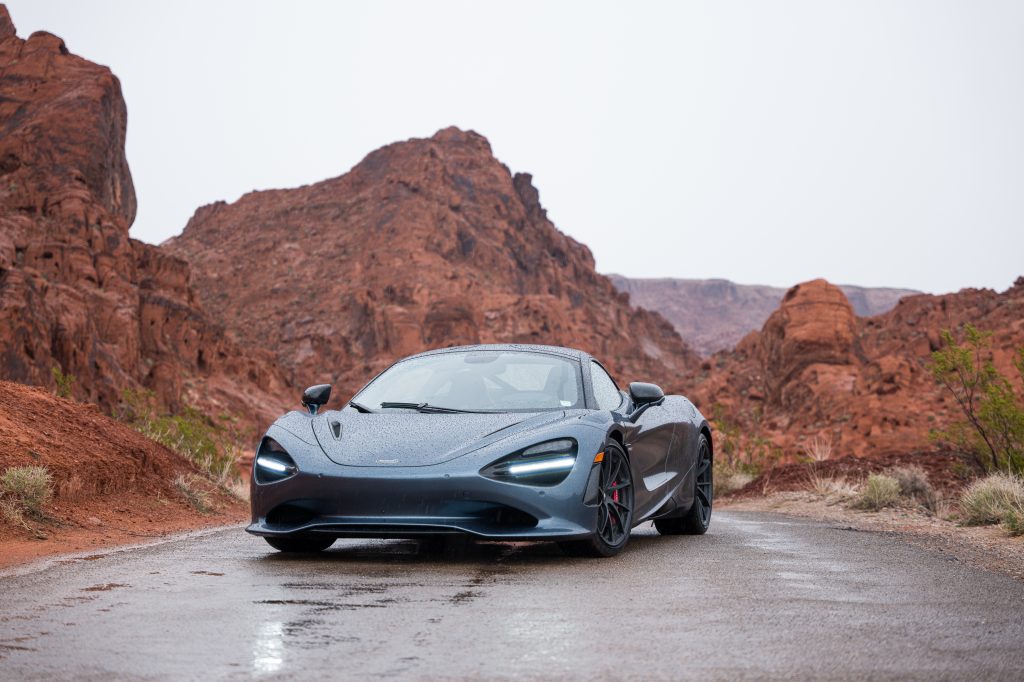Building the McLaren 720S Super Series
We visit the pristine headquarters in Woking to discuss the design behind the impressive supercar

Everything McLaren does, it does fast. Not only can its latest model—the 720S Super Series—clear 0 to 60 in 2.8 seconds, the company builds its cars quickly, too.
In the seven years since it began building ultra-luxury performance cars for a niche market, McLaren has delivered new nameplates in record time, introducing at least one new model or derivative annually starting with the 12C in 2011. Case in point: the 720S—which costs $285,000 and is the car McLaren calls its most opulent ever—zipped from concept to pavement in just three years, compared with the typical five-year process most automakers require.
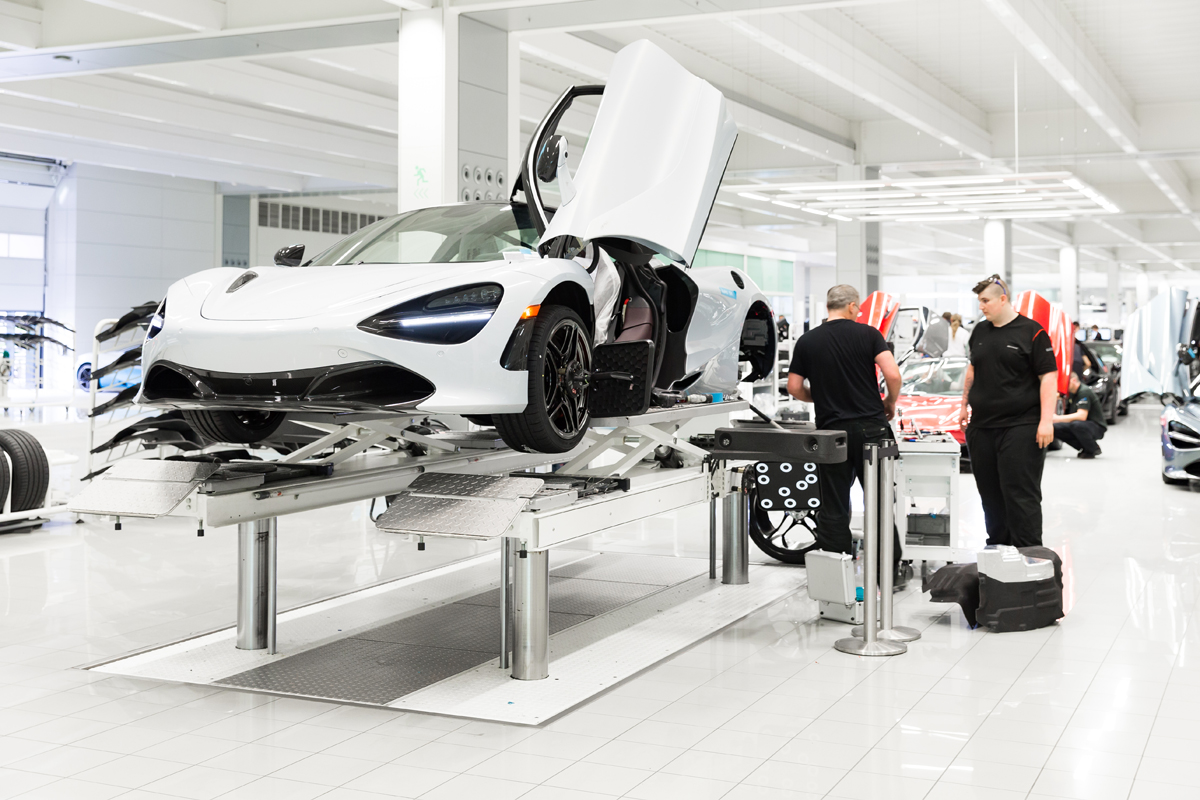
McLaren’s racing heritage gives it a leg up in the development process. Though the company has a short history making cars for customers, it has decades of experience developing some of the world’s lightest, fastest, and most dynamic cars for some of the most skilled drivers on the planet. Beginning in the early 1960s as Bruce McLaren Motor Racing, the company founded one of Formula One’s most successful teams while honing its skills for decades. McLaren has been strengthening its position at the nexus of performance and technology since eponymous founder Bruce McLaren won his first Grand Prix.

Now it’s churning out supercars for enthusiasts at its pristine Foster + Partners designed, glass-walled headquarters in Woking, 30 miles outside of London. For the company’s latest creation, the 720S, designers and engineers continued to take their cues from McLaren’s F1 legacy, recasting the majority of its components and adding a larger, twin-turbo 4.0-liter V8 that delivers 710 horsepower. Boasting aluminum bodywork wrapped around a carbon fiber skeleton, the mid-engined sportscar is hailed as lighter, faster, and more capable than the 650S coupe it replaces.
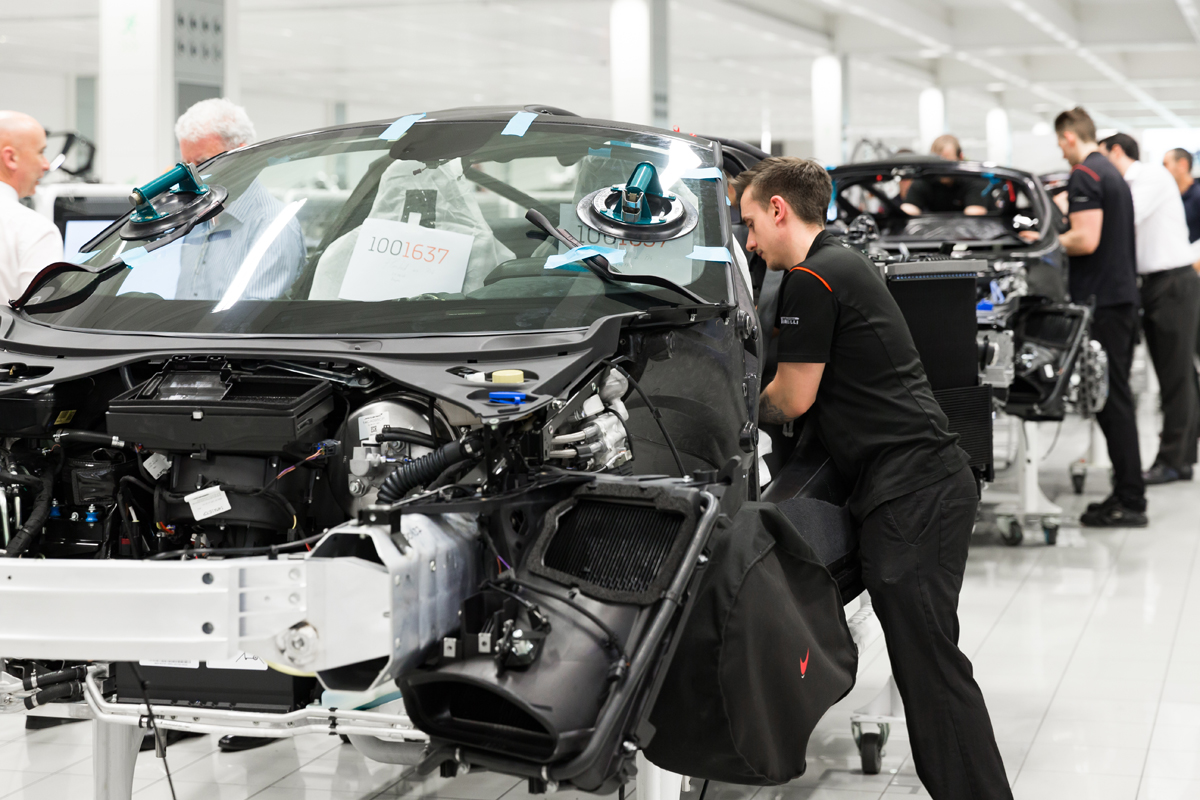
“Form, for me, is inspired by Formula 1 cars,” says McLaren Design Director Rob Melville, “The way we take the high-energy air in here and the turbulent air into the body side. But the main thing is, and this is where the connection with nature comes in, we have an architecture under here. Imagine that architecture is like the bone structure, and then you have to optimize the panels around that bone structure.”
It shouldn’t look like a body builder, it should look like a sprinter
Underpinned by McLaren’s Monocage II carbon fiber foundation, the 720S is marked by a bull-nosed profile, double-skinned dihedral doors, and a tapered teardrop canopy that affords wide visibility. “It looks lean,” Melville says. “It looks muscular. It shouldn’t look like a body builder, it should look like a sprinter—a 100-meter sprinter.”
Seat time inside the low-slung, two-seat supercar justifies its moniker as McLaren’s most opulent machine. Luxurious and leather clad, the coupe’s interior can be customized with materials such as Alcantara suede, Bridge of Weir leather, aluminum, and carbon fiber that blend the sensory appeal of McLaren’s dual worlds: performance and technology.
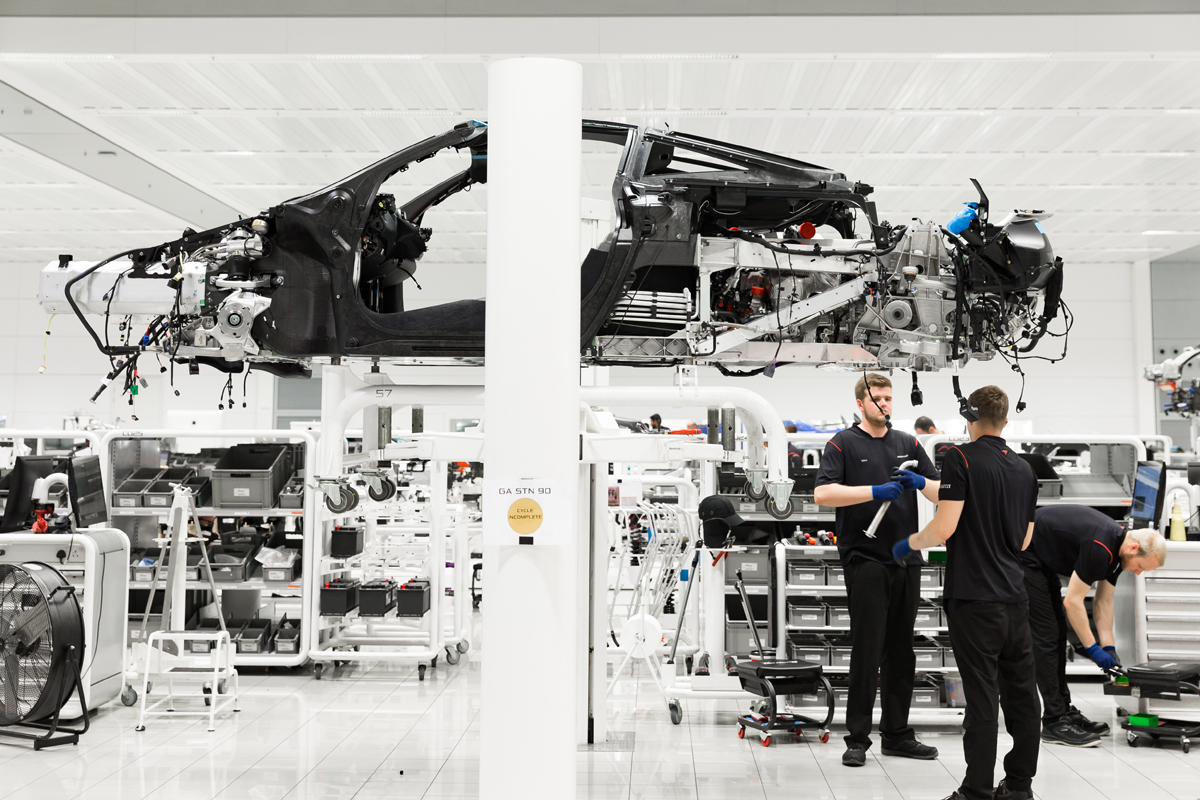
McLaren’s speed—on the track and to the market—will serve it well. The young company has ambitious plans to introduce 15 new models, which started with the 720S, by 2022. And already since then, the 570S Spider and McLaren Senna. The company, which doubled sales to 3,286 cars last year, aims to ramp up to between 4,000 and 5,000 annually.
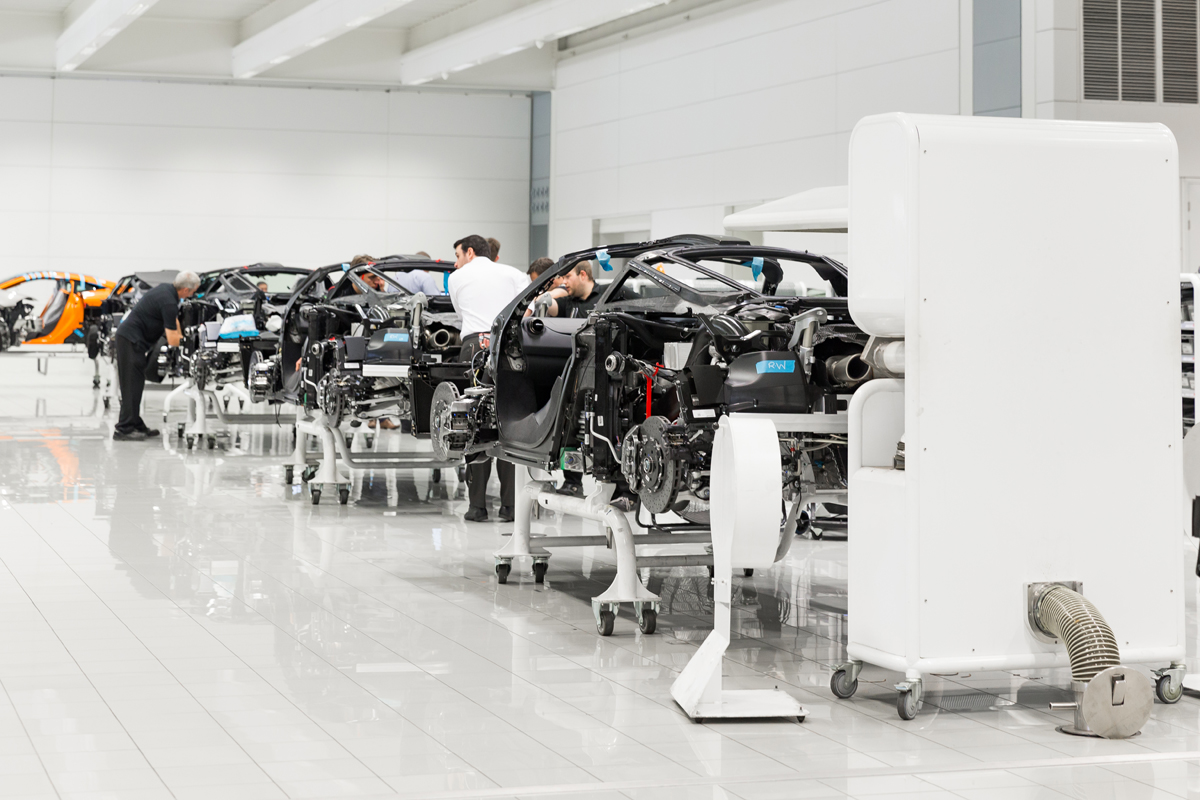
But there’s more to developing a new model than specs and comparison testing. “You can measure the hell out of everything,” Melville says. “You can have the statistics. It can be the best car on paper, but ultimately it has to feel like the best car as well. It’s like a relationship, and the same way with people, if they make you feel great, you always remember them. And I think the same with the products, it has to make you feel great. It has to make you feel special.”
Additional reporting by Evan Orensten
Images courtesy of McLaren

